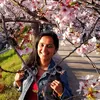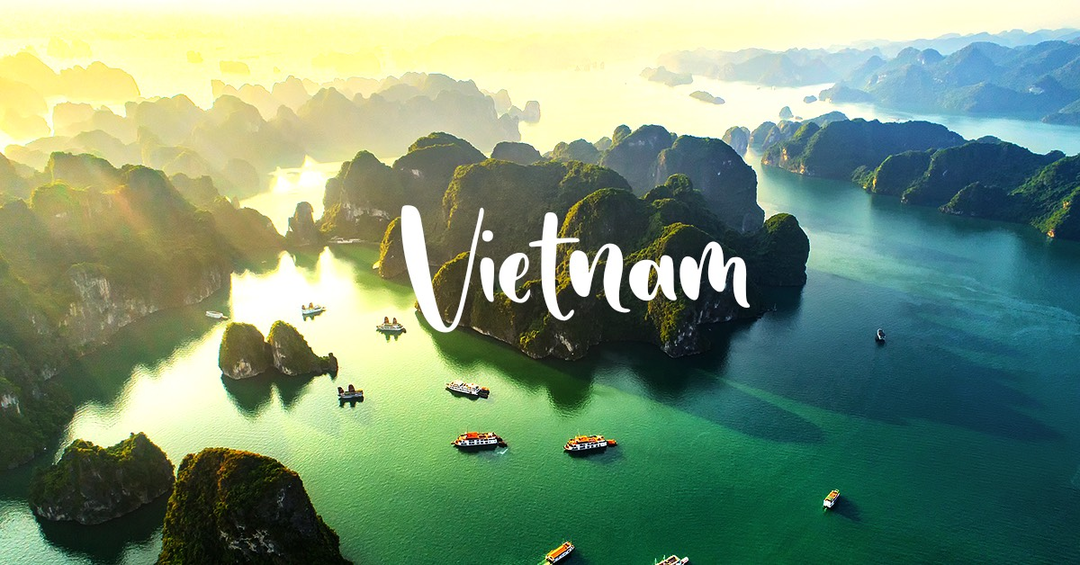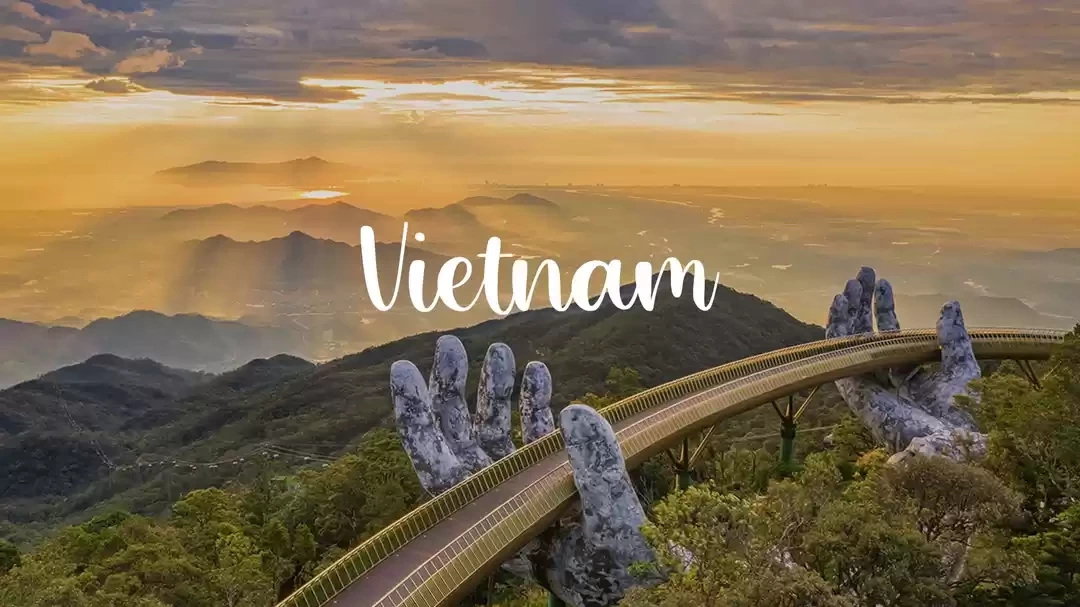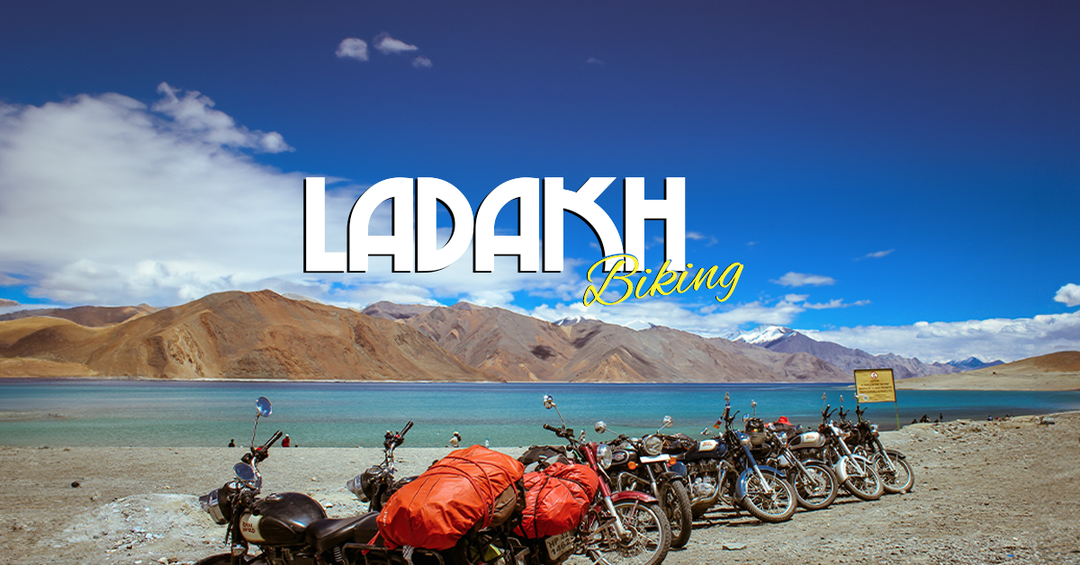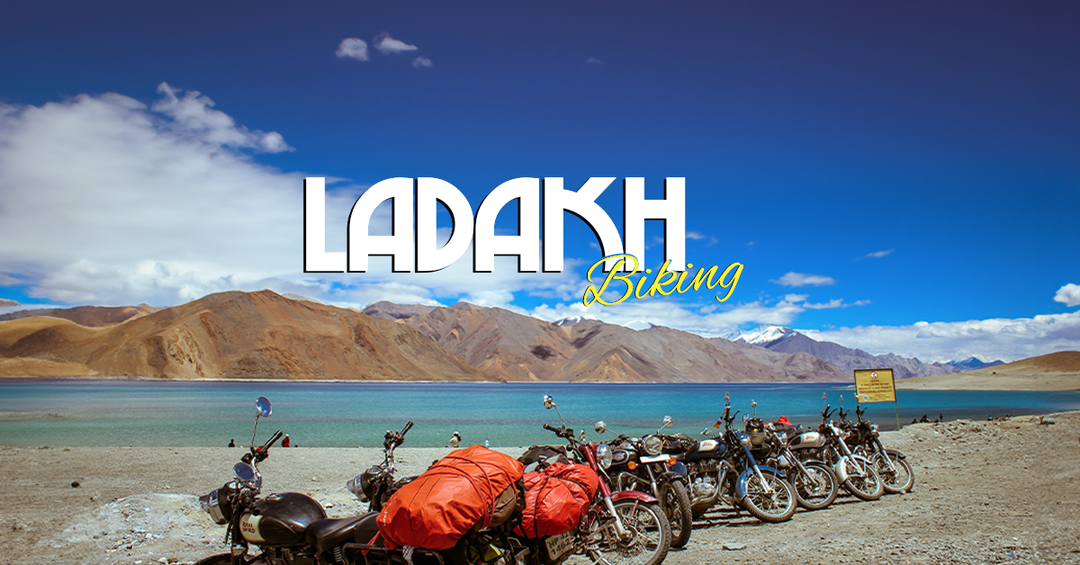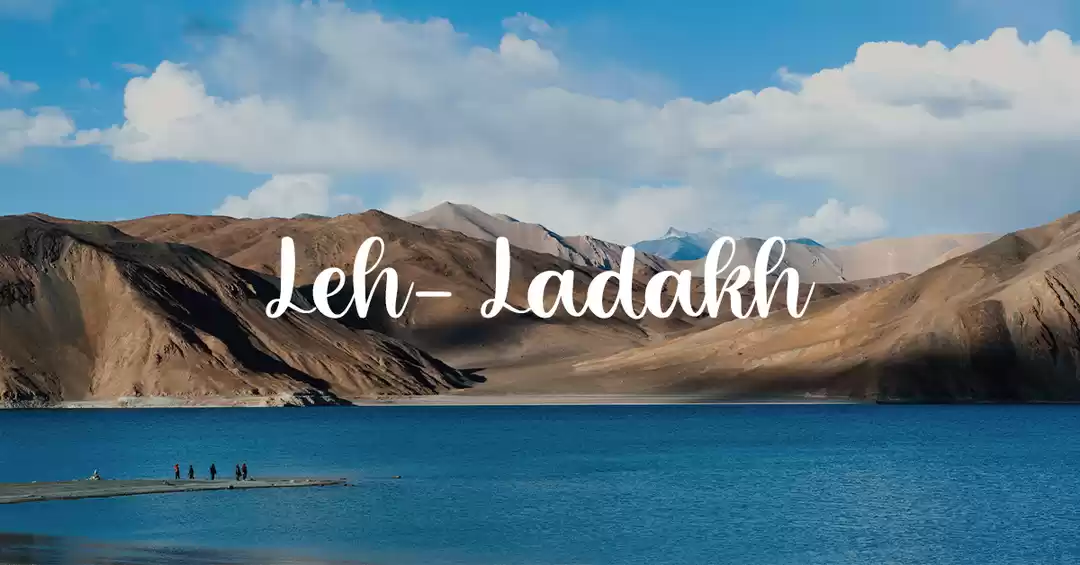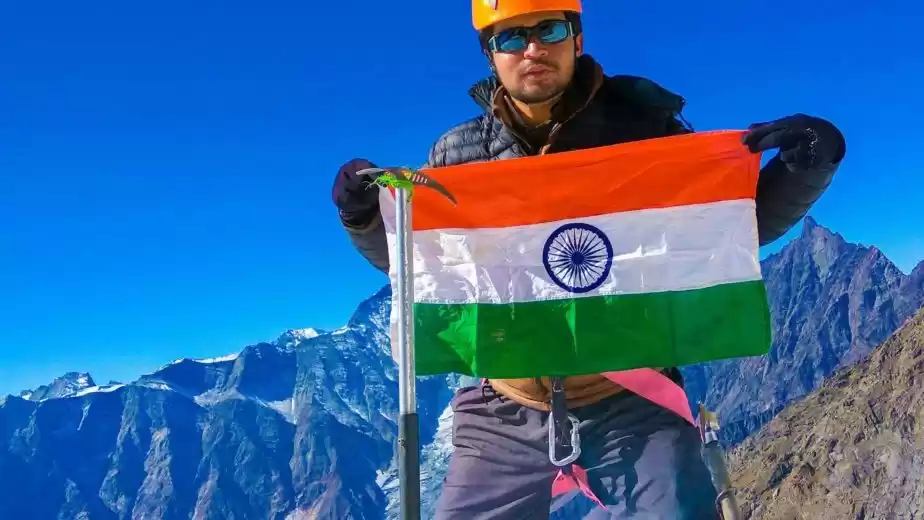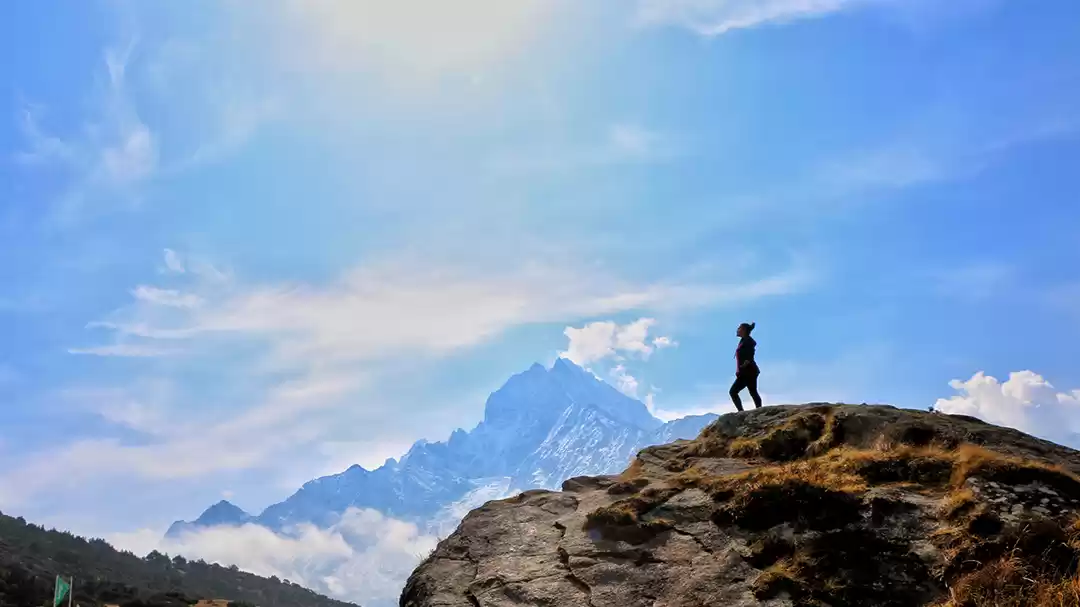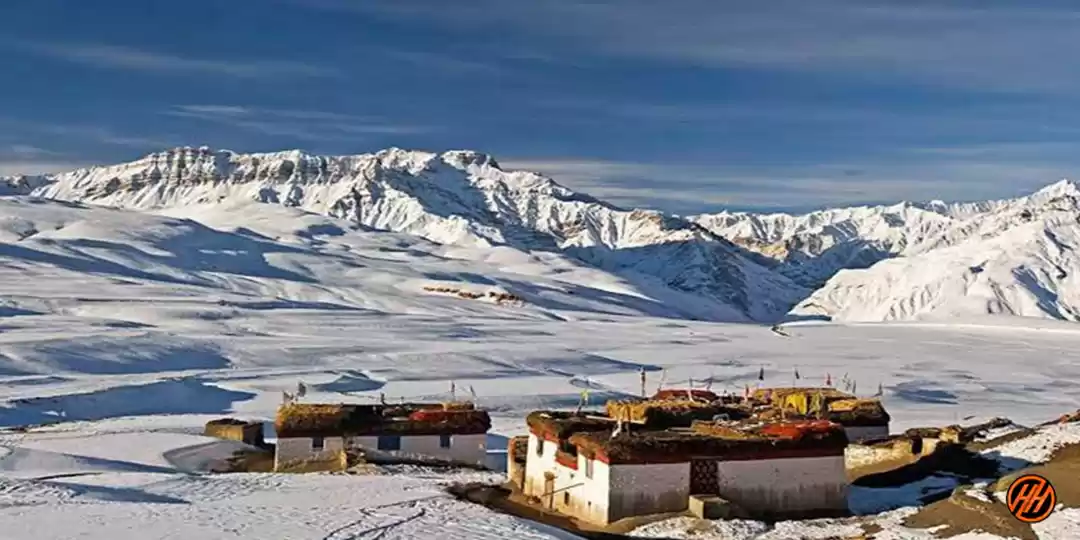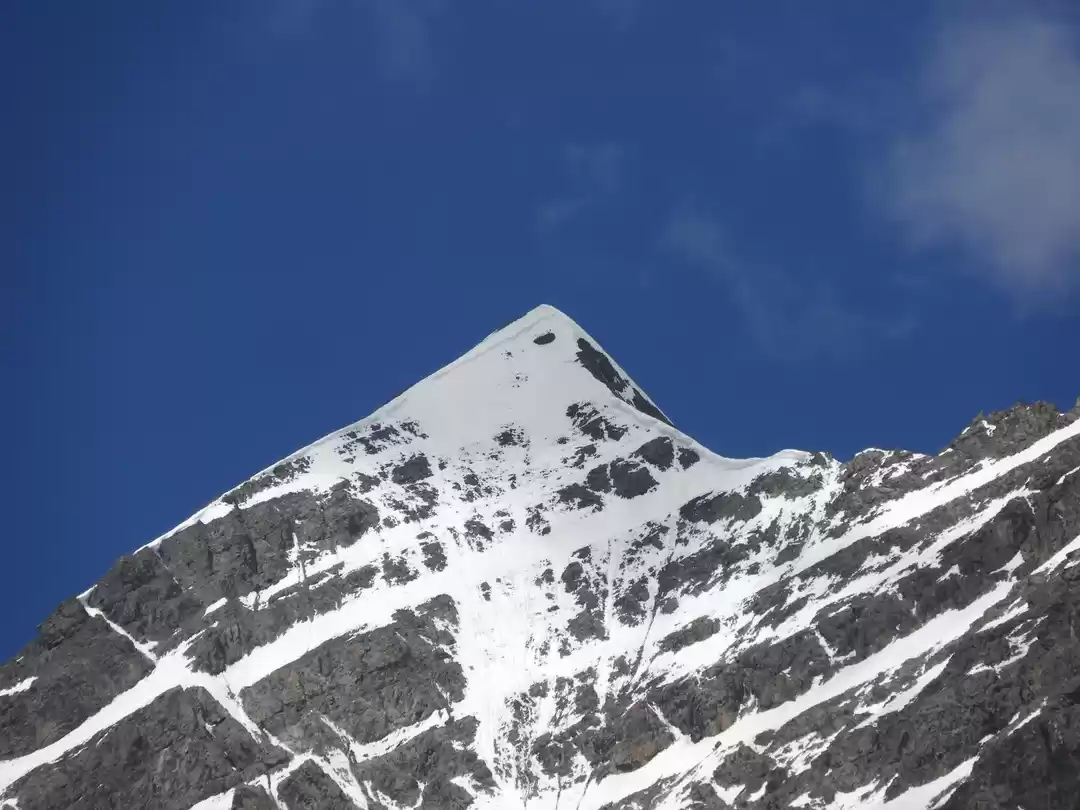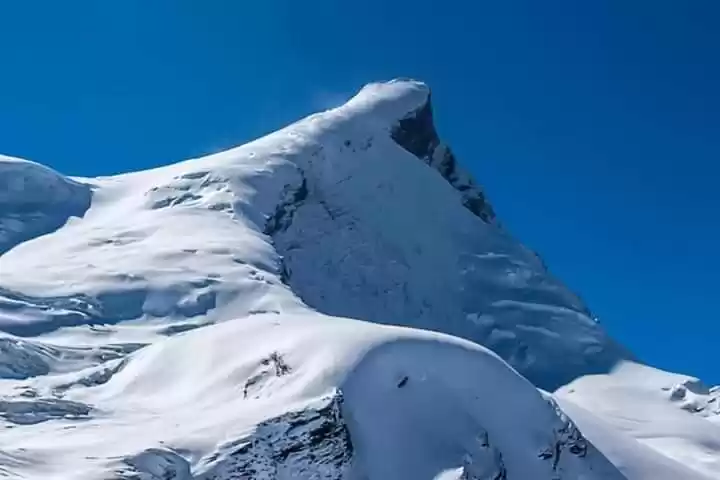
Trekking has picked up a lot in the last few years. As much as it sounds really cool to go on a multi day high altitude trek, living in that wilderness, solitude, hardship, enjoying the silence, landscapes, beauty, and at the end, probably that achievement of having done something really hard for some; it can completely backfire and can leave a real bitter experience for others, who are not geared up for such a high altitude expedition.
Honestly, I have also learnt a lot during my trekking/climbing career of last 10 years, at times taken it lightly, and ended up in nasty situations!
For me, there are Seven aspects of in gearing yourself for any trek/climb challenge, especially for the ones which goes above 5000 meters i.e. approx. 16,500 Ft.
1. Choosing the right trek:
Choosing a right trek based on what you are capable of, is the first step when you start thinking of going for a high-altitude trek. Please do not choose something just based on the pictures you see on the social media and you want to take similar pictures, or because your friend is going for a trek, or based on the glorious stories you read on the internet with not enough details etc.
Always take small steps, starting with going for a relatively lower altitude and shorter period treks (e.g. start with couple of treks which goes up-to 3000 meters and runs for 3 days) and then moving up gradually from both altitude and duration perspective
2.Budget:
This is one of the biggest deciding factors for most of us and sometimes puts us at the back foot even if we are all well prepared in terms of other aspects.
Set up an expectation for your trek as to what is your goal and what exactly you are looking for, in terms of views, landscapes, difficulty level, personal goal, solitude, remoteness etc.
Trust me, whatever exactly you are looking for from your trekking expedition, if you do a proper research, you will find multiple options to choose from, and one of them for sure will suit your budget 😊
Recommendation is to weigh all the aspects before putting all of your budget in one thing – e.g. booking for a costly high-altitude group trek or buying that expensive trekking shoe etc.! Ensure, you put aside some money from the allocated budget for other important things like, climbing gears, travel to the base and miscellaneous expenses etc.

3. Solo or with a Guide?
I have tried many options ranging from solo, alone with a guide, in a small group with guide (2 to 4 people), hiring own local guide based on recommendations, to a trek with a large group and established companies!
Though this is more or less a personal preference, however these are a few recommendations based on my various experiences:
Solo:
Solo sounds pretty exciting and now a days a bit cool too (no offenses to solo travelers, I do solo many times too!). However, when it comes to trekking solo, you have to keep in mind a lot of things, especially in terms of safety and survival as you are heading into something completely unknown and wild with probably no one around to help at many occasions. If you are an avid high-altitude trekker, have done probably a mountaineering course and hence are completely aware of survival tactics in the wild, carry your own stuff required stuff, know how to cook yourself in the wild (if there is no option of a village/tea houses on the way), can spend many solitary days (if needed), and have a local knowledge of where you plan to trek with good navigation skills along with a lot of patience, you are all set for a solo high-altitude trek.
However, if you are missing any one of the above, trust me, better to hire a skilled guide with you not only for your own safety but a higher chance of summiting in case you are aiming for a trek with a summit success.
Alone with a guide:
I have done this recently and completely loved it. I had a luxury to choose how long I want to walk on a particular day, choose my own walking pace, had no pressure to follow a routine, decide where to stay or camp and enjoy the whole mountains to myself with absolutely no one around most of the times 😊.
Unless you are trekking through a very remote trekking path, couple of drawbacks could be lonely evenings at the campsites or your guide is the only person to interact with most of the times and probably safety in case you are caught in bad weather or a storm (reason to choose a well experienced guide)!

In a small group with a Guide:
This is much similar to “Alone with a guide” with more or less same luxuries/advantages, however if you are not an adjusting personality, you might have a few issues as a team
This is my most preferred option, with a few caveats/preferences like if I can find a partner whom I know and have trekked with before (not compulsory), a highly skilled, experienced and a know local guide (in case I have to find a new one, at least I choose from the right sources)

With established trekking Organizations:
Generally, going with an established trekking organization comes up with various disadvantages like, large groups, less flexibility in terms of the plan or your walking pace, differences between team members, all with a different experience level in terms of trekking/hiking, lesser summit chances/or traversing a difficult route. Usually when you are in a group, there are chances that you have to return as a group if few people from the group are unable to go-ahead due to sickness or any other issues.
Usually going with an established organization proves to be a bit costly too, due to operational overheads
It comes up with certain advantages too, wherein you don’t want to or have no time to plan your own trek/expedition as well in some cases like luxuries where in you don’t have carry your bag and get all the meals in your tent!
I do not prefer this option due to poor flexibility. However, for people who are new in the trekking world as well as depending upon your preferences you can go for it.
4. Bookings
Ensure and agree over an email regarding Inclusions/Exclusions, trek route and day by day itinerary as well as cost of your trek with the guide you hire or the company with which you book the trek in advance. Choose a guide with a thorough research to ensure he/she has enough local knowledge and is well experienced. Try and agree on a refund conditions, in case you are unable to go for the trek last minute due to any unavoidable issues.
5. Physical Fitness & Experience:
To be honest, I don’t do much preparation in terms of physical fitness before my treks and I have been doing this from last 10 years! I am usually asked this question by fellow trekkers wherever I go, as to what fitness regime I follow before I come to a trek, or to keep myself generally fit and honestly I struggle to give an answer every time as I really do not follow any fitness regime in my day to day life; rather when I am at home, I am the laziest person on earth
That being said – I am overall a fit person with a BMI of 20, not obese and fit to walk approx. 15 to 20 kilometres (mixed terrain) in a day easily. I have been doing altitude treks for the last 7/8 years successfully without any issues and have gone over 5000 M a few times without any obstacles.
So, if you plan to go for a high-altitude trek, in terms of physical fitness, ensure that you:
• Are physically fit i.e. able to walk a minimum of 20 KMs a day on a mixed terrain
• Have experience in high altitude trekking i.e. at a minimum of two 5k+ (or better still five 5k+) in the recent past
• Have a BMI which falls within the limit for an adult of your age
• Are not suffering acutely from diseases like high BP, heart ailment or any other acute symptoms
• Are able to handle cold weather of up to -15/-20 degree Celsius
• Are able to carry a load of minimum 5 Kgs or 12 Kgs (in case you are not offloading your stuff to be carried by the porter and want to carry everything including climbing gears on your own)
• Are able to traverse some technical sections like crossing low/medium sized crevasses, icy and slippery passes with steep ascend and descends and some steep rocky sections either by yourself or with the help of Sherpa guide (if you have hired one)
6. Mental Fitness:
I mention this in most of my trekking expeditions and can’t stress enough on this point again! For me this has always worked like a miracle on all of my trekking and hiking trips so far. Whenever I am on the peak of my physical fatigue, it is my mental strength which helps me to pull myself together and possibly gives me an Adrenalin rush to keep going until I achieve my goal!
So, my suggestion here is to keep up your mental make-up and fitness to the highest possible level, right from the day you start thinking/planning of going for such an expedition. It will for sure help you to achieve what you want to, along with the other factors
7. Climbing Gears:
Now, having the right climbing gears are equally important for any successful climbing. Based on my experiences so far, below is an exhaustive list of climbing gears you need for ensuring a successful trekking/climbing expedition:
• A rucksack – 60 L & a day pack (20 L) or just a 70 L rucksack in case you plan to carry your own load
• If you are carrying your rucksack load on your own, do not forget to carry a small day pack to carry your water and necessary stuff which you will use on your summit day as well on other acclimatization walk-days wherein you don’t need to carry the whole load
• Good quality broken hiking boots. Ensure they are broken enough as using brand new shoes on a high-altitude expedition may leave blisters on your feet and probably will hinder your chances of completing the expedition. I use my “The North Face Verbera Hiker II GTX Hiking Boot” and I absolutely love them, especially because they are brilliantly light, Gore-Tex waterproof and have a brilliant ankle support

• Since, you will be walking in extremely low temperatures and ice-covered mountains for few days, especially on the summit day, you would need a good quality mountaineering boots, which can keep you warm and can fit to your crampons properly. I yet have to buy a good climbing shoe and hence usually hire one from the base village or wherever possible. My recommendation is to buy your own if possible if you are planning to go for such any high-altitude expedition as feet are the most important part of your body for walking and you really don’t want to leave them stressed or even broken with a wrong pair of shoes!
• 6 pair of socks – 4 pair of warm socks and 2 pair of normal sports socks. I use warm socks during my climb during the cold days as well as while sleeping in the higher camps. Sports socks are used on warm days at lower altitudes
• 2 inner warmers for your legs to use them as layering during the cold days and possibly evenings if needed. I carry three of them as I am more sensitive to cold weather
• 3 Hiking pants, one with fleece and the other 2 normal ones. I however carrying 5 super light Nike/New balance running pants and use them along with my warmers when needed as I love it that way. Do ensure, you have a good fleece layered hiking pant with Gore-Tex outer layer as it would be an absolute bliss on the higher camp and the summit day.
• Enough undergarments and ensure you change them often without catching any infection as you won’t get a chance to take a bath very often. Even if you have an option, in all possibility you won’t opt for it due to cold weather
• For top-wear clothing, carry stuff to cover for up-to 5 layers – 1 base layer/warmer (only wear when you are at the camp, not during the trek), 1 full T-Shirt layer, 1 fleece, 1 goose feather jacket and a rain jacket/wind-sheeter/Gore-Tex Jacket. Carry 3 such dry fit t-shirts, wear and dry them on alternate days
• Carry 1 woollen gloves, a thin low alpine and a goose feather gloves with me (no harm in taking multiple as they anyways hardly occupy any space) and use them based on the wind and cold conditions.
• 1 warm cap, 1 balaclava and a sun cap to cover your head (apart from a hooded rain jacket which helps during the rainy days)
• A wraparound sunglass is a must for high altitude climbing as in all possibility, you would be walking on the ice a few days with harsh sun rays reflecting from the ice. Without this, you might end up suffering from snow blindness
• 1 strong head-torch with a pair of spare batteries for the evenings and the summit day when you start walking at midnight
• 2 walking poles (must). I am not a huge fan of using 2 trekking poles, however, I can fully appreciate and understand the potential of those now after done many high-altitude treks! They not only help you to traverse the path in the icy condition, but also helps your knees and ankles during the steep ascend and descend! They helped me immensely, when I was relatively tired climbing uphill in icy conditions
• Carry crampons if needed. You can either buy and bring your own crampons or hire them if possible
• On high altitude expeditions, you would also need harness, ropes, ice axe, and probably ascender too; however, these equipment’s are generally provided by your trekking company and you don’t need to worry about them. On the safer side, just ask these questions clearly while booking your trek
• Enough toiletries to last for the number of days you are trekking.
• An excellent sunscreen lotion is a must (minimum 70+ spf) as the Sun is absolutely brutal up in the mountains and you can get serious burns if you do not use the sunscreen generously

• Purchase some warmees for your feet and hands to keep them warm at higher camp, if you want to be extra cautious
• Though you are fed enough by the trekking companies during the breakfast, lunch and dinner, however. do carry some energy bars, dry fruits and high energy chocolates like Snickers, Mars, etc. which you can use for an instant energy rush which is much needed during your climb to high camp and summit day. For solo climbers, can’t recommend much, as I haven’t done a solo high altitude climbing yet
• Carry general medicines for headache, stomach ache, gut infection, acidity, fever and blister plasters. Regarding medicine for altitude sickness (Diamox), I would recommend not to take it rather keep enough time for acclimatization in your itinerary. Trekking companies usually keep couple of acclimatization days at higher altitude to ensure your body gets used to lower oxygen levels
That’s it! It sounds too much, but trust me, practically it is very important and must for any successful high-altitude climbing/trekking expedition.
Please feel free to write to me if you have any questions or want to join me in one of my future expeditions 😊
If you would like to read more about my trekking and expeditions, feel free to visit https://travelascetic.com/trekking-adventures/

